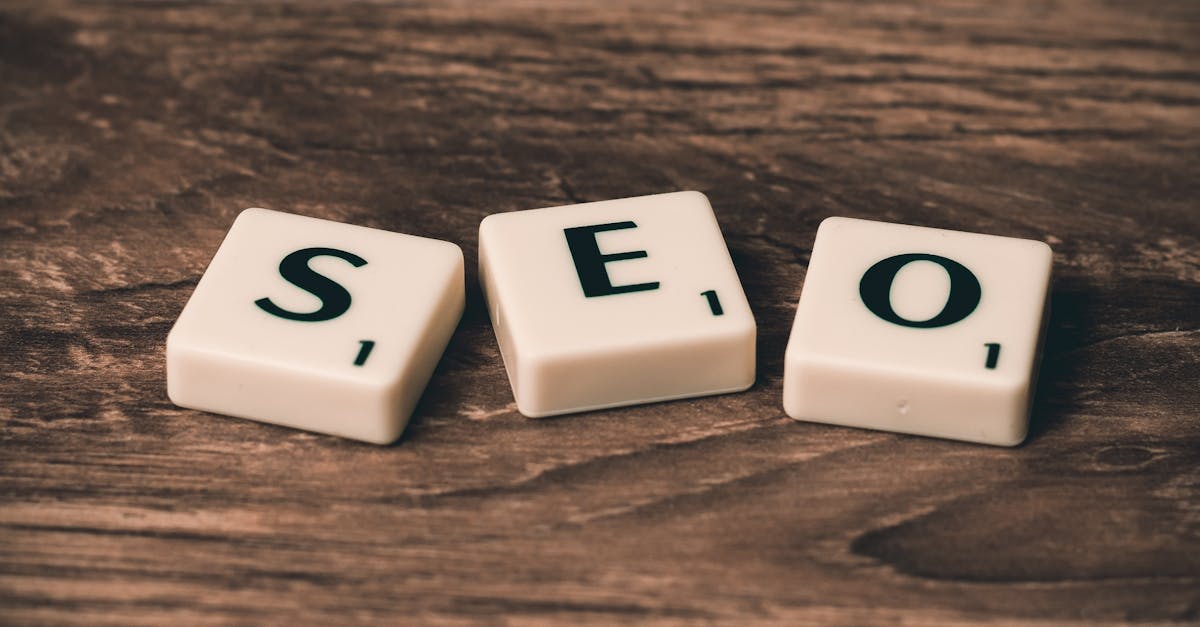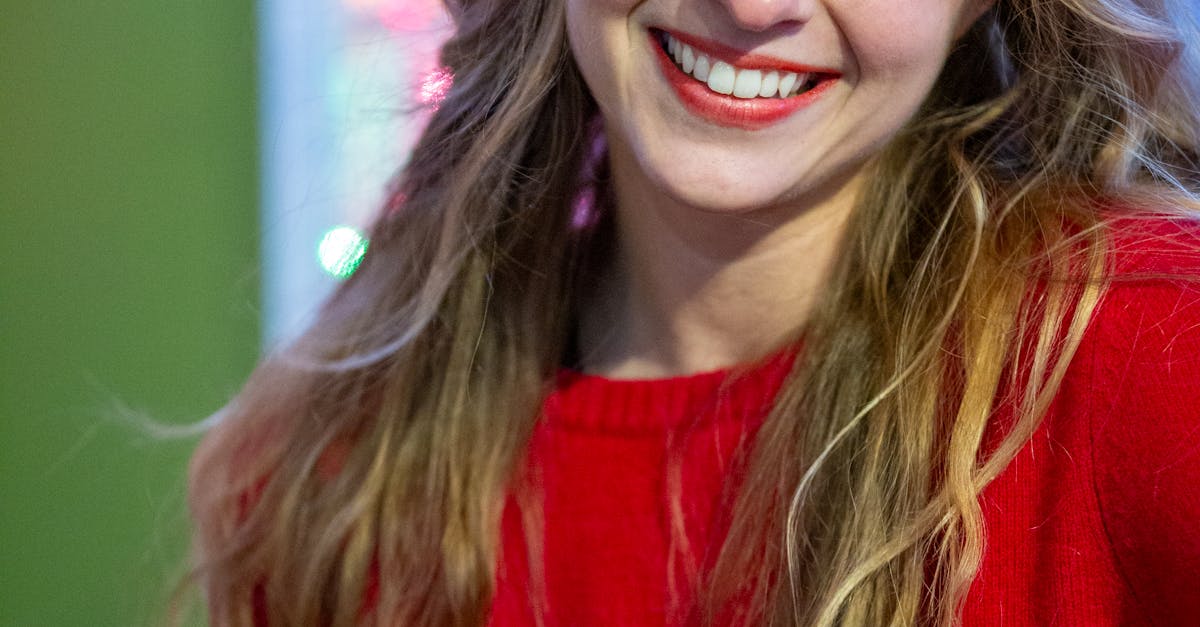
WordPress, a leading content management system, faces constant security threats from hackers. With cyberattacks intensifying, understanding cybersecurity measures and known WordPress issues is crucial. This article explores viable tactics to fortify WordPress sites, focusing on plugin security and overcoming known vulnerabilities.
Understanding Hackers and Their Motives
In the complex landscape of cybersecurity, **hackers** occupy a spectrum of roles, motivations, and ethical standpoints. At one end are ethical hackers, often referred to as *white hat* hackers, who use their skills for the greater good. They work to improve security systems, identifying vulnerabilities before they can be exploited by malicious entities. Their efforts help organizations strengthen their defenses and protect sensitive data, playing a pivotal role in the broader cybersecurity framework.
Conversely, **cybercriminals** or *black hat* hackers target websites with malicious intent, seeking to exploit vulnerabilities for personal gain, data theft, or disruption. Their motives range from financial gain to vandalism and even cyber-espionage. One common method used by these hackers is **SQL injection**, where malicious code is inserted into a website’s SQL database query, allowing attackers to view, modify, or delete database information. Another frequently exploited technique is **cross-site scripting (XSS)**, which involves injecting malicious scripts into web pages viewed by unsuspecting users, potentially leading to data theft and further attacks.
Understanding the dynamics of hacker culture is essential in combating cyber threats. Among the hacker community, there exists a nuanced communication style often revolving around the open sharing of information and exploits, making it simultaneously a source of innovation and a threat. Within this culture, numerous individuals are motivated by the challenge and thrill of hacking, pushing boundaries often for reputation or perceived prestige among peers.
The presence of *white hat* hackers is crucial. They work within the system’s rules, often employed by companies to test and improve their security measures. They act as a counterbalance to malicious hackers, using the same skills but guided by ethics and laws. Their efforts are not only proactive, significantly reducing risks by fixing vulnerabilities before they can be exploited, but also reactive by providing insights that help in the ongoing fight against cyber threats.
By acknowledging and supporting *white hat* endeavors while understanding the diverse motives and techniques of *black hats*, organizations can bolster their defenses, rendering systems less attractive targets to those with malintent. This understanding acts as a bridge to the essential cybersecurity measures discussed in the next chapter.
The Fundamentals of Cybersecurity
In the digital landscape, cybersecurity serves as the backbone of protecting both individuals and organizations from cyber threats that permeate our interconnected world. Websites, especially those powered by popular platforms like WordPress, are frequent targets for attackers seeking to exploit vulnerabilities. A robust understanding of cybersecurity is crucial in safeguarding websites and digital assets from threats such as phishing, malware, and ransomware. These threats can cripple a website, compromise sensitive data, and damage reputations.
Phishing campaigns cleverly disguise malicious content as legitimate communications, often leading unsuspecting users to reveal personal information. Meanwhile, malware can infiltrate systems, causing damage through data theft or system incapacitation. Ransomware takes a more aggressive approach, encrypting files and demanding payment for decryption keys. Each of these threats shares a commonality—an exploit of lapses in security measures.
Preventive strategies are essential in thwarting these attacks. **Firewalls** act as a primary defense, creating barriers between trusted networks and untrusted ones, filtering traffic to repel malicious intrusions. Encryption transforms data into secure code, making it inaccessible to unauthorized parties. Regular **security audits**—thorough reviews of all of a website’s systems and processes—are fundamental in identifying and rectifying vulnerabilities. Additionally, employing security plugins specifically designed for WordPress can significantly reinforce a site’s defenses.
Statistics emphasize the urgency and scale of these threats. For instance, a study from Cybersecurity Ventures suggests that a business falls victim to a ransomware attack every 11 seconds globally. Another report highlights that over 70% of WordPress installations are vulnerable to known exploits due to outdated software components. These figures underscore the pressing need for comprehensive security practices.
Case studies further illustrate the stakes involved. In 2020, a major ransomware attack disrupted a European IT consultancy, resulting in significant financial losses and reputational damage. This incident exemplifies the potential risks associated with inadequate cybersecurity measures. By adopting robust protections and prioritizing constant vigilance, WordPress site owners can significantly mitigate these threats, ensuring the integrity and longevity of their digital environments.
An Overview of WordPress and Its Popularity
In the world of digital content, WordPress has established itself as a pivotal tool and has fundamentally transformed the way websites are built and managed. Originally launched in 2003 as a simple blogging platform, WordPress has evolved into a robust content management system (CMS) that powers more than 40% of all websites on the internet, illustrating its unparalleled popularity and market dominance. **Bold** in its approach, it provides an open-source solution that leverages the collective power of its community for constant enhancement and improvement.
The true strength of WordPress lies in its open-source nature, inviting millions of developers to contribute and innovate. This fosters a rich ecosystem of themes and plugins, offering users unmatched flexibility and customization capabilities. Themes allow users to radically alter the look and feel of their website, while plugins extend functionality—everything from e-commerce and SEO to social media integration can be powered through these add-ons. This modularity is a vital aspect that attracts a wide range of users, from individual bloggers to multinational corporations, each tailoring WordPress to fit their unique needs.
**Italic** in its diversity, the WordPress ecosystem also presents security challenges. The sheer volume of plugins and themes, while beneficial, introduces multiple entry points for potential vulnerabilities. Ensuring that these components are regularly updated and maintained is crucial in safeguarding against malicious attacks. Despite its substantial benefits, it’s crucial for users to be aware of security concerns that accompany its extensive use.
As the next chapter will delve into the specifics of vulnerabilities, it’s critical to highlight now that WordPress’s popularity makes it a prime target for hackers seeking to exploit or orchestrate cyber-attacks. This is where the synergy between WordPress and cybersecurity must be impeccably balanced. Incorporating security measures within the realm of WordPress means not only focusing on its strengths but also recognizing and mitigating its vulnerabilities. By enabling automatic updates, utilizing security-focused plugins, and adhering to best practices, users can ensure a fortified defense framework that supports the thriving dynamism of the WordPress ecosystem.
Navigating Known WordPress Vulnerabilities
Navigating the ever-evolving landscape of WordPress security requires an understanding of known vulnerabilities intrinsic to its ecosystem. At the core of these vulnerabilities are outdated themes and plugins, which often serve as the primary gateways for cyber threats. Outdated themes/plugins can harbor vulnerabilities that have been patched in newer versions, leaving the door open for hackers to exploit these weaknesses. Additionally, weak passwords compound these risks, as they make it easier for unauthorized users to gain access to critical administrative controls.
The WordPress ecosystem thrives on its open-source nature, yet this very attribute can expose it to potential threats if not vigilantly managed. Many vulnerabilities are recognized through the Common Vulnerabilities and Exposures (CVE) system, a pivotal tool in the cybersecurity domain. The CVE program catalogs known vulnerabilities, providing a standardized identifier for each, thus enabling developers and security professionals to collaborate in mitigating risks across the board. This system plays a crucial role in addressing vulnerabilities swiftly before they can be exploited on a mass scale.
Conducting regular security audits is an essential practice for WordPress site owners. These audits help identify potential vulnerabilities and areas that may require bolstering. A comprehensive audit involves scrutinizing user accounts, permissions, and logs to ensure unauthorized access has not occurred. Additionally, ensure that all site components, including core WordPress files, themes, and plugins, are up-to-date. Regular updates not only introduce new features but also patch security flaws that have been identified since the last release.
Security plugins can provide extra layers of protection, offering functionalities like malware scanning and firewall implementation. However, it’s important to choose these plugins wisely, bearing in mind the following chapter’s considerations regarding plugin security. Stay informed about the latest security trends and vulnerabilities by subscribing to WordPress security bulletins and actively participating in relevant online forums.
By staying proactive and vigilant, WordPress site owners can significantly reduce the risk of their site falling victim to cyber threats. The role of community-driven initiatives, such as the CVE system, alongside regular updates and audits, cannot be overstated in preserving site integrity against the myriad digital adversities facing WordPress today.
Ensuring Plugin Security
In the ecosystem of WordPress, plugins play a pivotal role in expanding the platform’s functionality, allowing users to tailor their websites to specific needs without extensive coding knowledge. However, this benefit comes with its share of security challenges. Plugins can expose WordPress sites to vulnerabilities that hackers readily exploit. Therefore, choosing the right plugins and maintaining their security is crucial.
An effective strategy begins with selecting plugins developed by reputable sources. Reputable developers are committed to delivering secure and quality products. They frequently update their plugins to patch known vulnerabilities and adapt to evolving security threats. Before installing, consider examining the plugin’s update history and user reviews for insight into both stability and security responsiveness.
Prominent red flags include plugins that haven’t been updated frequently or recently, as this might indicate abandonment, leaving them vulnerable to attack. Plugins with a small user base or negative reviews flag potential security or performance issues. Additionally, avoid plugins from unauthorized repositories or dubious sources, given they might harbor malicious code. The WordPress community is invaluable in this regard, often providing crucial good practices and warnings against such threats.
Regular updates are non-negotiable—each update often includes patches for vulnerabilities discovered since the previous version. Many attacks exploit known vulnerabilities in out-of-date software, making timely updates a key defense mechanism. Keeping plugins current helps mitigate the risks of exploitation by hackers using automated tools to scan for outdated software.
Developers’ involvement in the community enhances shared knowledge and strengthens overall security. Collaborative efforts, such as code reviews and sharing insights on potential threats, establish a proactive stance against vulnerabilities. Opt for plugins maintained by developers who engage actively with the WordPress community, as they are more likely to provide secure, robust solutions.
Ensuring plugin security through these best practices is essential in maintaining WordPress safety, working alongside measures discussed such as conducting security audits. Together, they build a resilient defense perimeter, poised to fend off potential cyber threats as we further explore overarching security measures to solidify WordPress security comprehensively.
Implementing Comprehensive Security Measures
In the realm of WordPress security, adopting a multi-layered approach is crucial. Among the first steps is implementing an SSL certificate, which encrypts data exchanged between the user’s browser and your server. This encryption not only safeguards sensitive information but also enhances trust, as modern browsers label sites with SSL as secure.
Another pivotal security measure is two-factor authentication (2FA). By requiring an additional step beyond the standard username and password, 2FA significantly reduces the chances of unauthorized access. WordPress users can leverage various plugins to effortlessly integrate this feature, fortifying the site’s defenses against unauthorized logins.
Regularly backing up your WordPress site is a practice that cannot be overstated. Comprehensive backups ensure that in the event of a cyberattack or data loss, restoration is swift and seamless. Set a schedule for automatic backups and periodically test the restoration process to ensure data integrity.
Role-based permissions further enhance security by ensuring that users have access only to the features and data necessary for their role, minimizing potential entry points for attackers. Carefully audit these roles to prevent privilege escalation and unintended access to critical areas of your website.
A dedicated security plugin acts as the guardian of your site, offering features like firewall protection, malware scanning, and real-time threat monitoring. Choose a plugin that is reputable and regularly updated to stay abreast of the latest security protocols.
Continuous education in cybersecurity is essential. Stay informed by subscribing to WordPress security blogs and forums. Understanding emerging threats and vulnerabilities allows you to be proactive rather than reactive.
Lastly, regularly reviewing and updating your site’s core, themes, and plugins minimizes security risks tied to outdated or vulnerable software. WordPress’s dynamic nature requires vigilance and a commitment to ongoing learning. By implementing these actionable security measures, you take control of your site’s defense, safeguarding it against the ever-evolving landscape of cyber threats.
Conclusions
Securing a WordPress site against hackers is vital in today’s digital landscape. By understanding cybersecurity principles, addressing known vulnerabilities, and prioritizing plugin security, site owners can significantly reduce their risk. Proactive and informed measures ensure a resilient online presence amidst evolving cyber threats.







